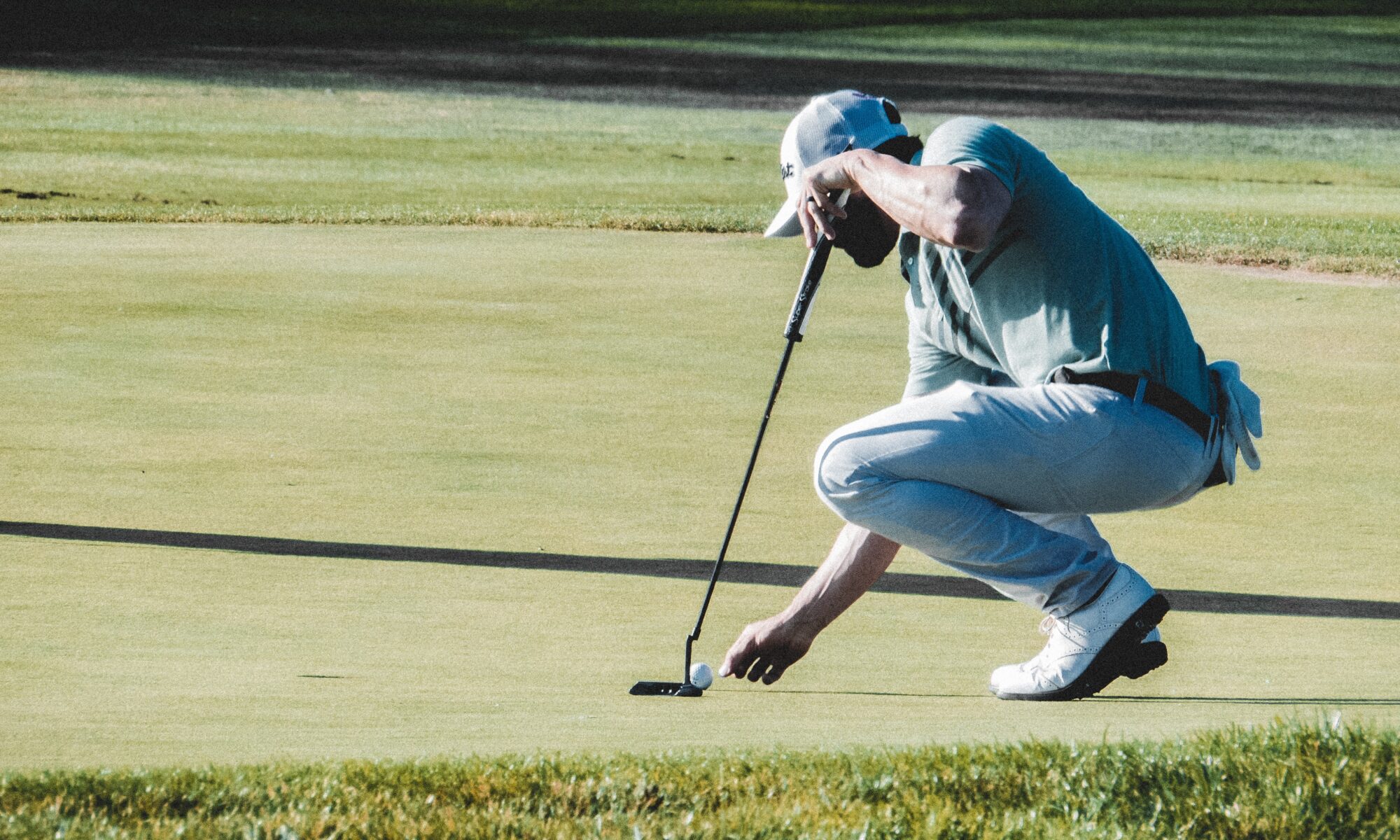Published on Tuesday, November 5, 2019, PGA.com

The New Year is nearly upon us and there is no better time than now to take up the game of golf.
The best part it can be picked up at any time and be played for life. Whether you’ve dabbled with the sport or are starting from scratch (no pun intended), it’s good to have an understanding of the basics at the beginning of your golf journey.
Arrive:
If caddies are available:
- Remember caddie programs are an excellent way for young people to earn some money and be exposed to a – sport that they can enjoy and might help shape their character.
- A good caddie can make the round more enjoyable by giving you hints that might lower your score.
- A good caddie can provide information on yardage, club selection, reading the greens and the layout of the course.
Warm Up:
- Try to arrive soon enough to give yourself time to warm up properly.
- Work your way though the bag, beginning with the short irons, moving onto the mid-and long irons and then the woods.
- It’s often a good idea to finish warming up by hitting a few soft wedge shots before heading for the practice green and hitting a few putts.
- Don’t hit hundreds of balls and leave your game on the practice tee.
First Tee:
- Check the scorecard to learn any local rules.
- Local rules apply only to the specific course you are playing.
- If you’re playing companions suggest a match, it’s a good idea to make sure everyone is comfortable with the stakes.
- Make sure to place an identifying mark on your ball and inform the other players the type and number ball you are playing.
Avoid Slow play:
When your group is not keeping up with the pace of play of the group in front of you:
- Walk at a reasonable speed between shots.
- Begin planning your next shot as you approach the ball by studying the strength and direction of the wind.
- When you reach your ball, check the lie, select your club, visualize your swing and shot, and then play your shot.
- From the time you select your club until you actually hit your shot, you should take no more than 30 to 45 seconds.
- If you aren’t ready to play when it is your turn, encourage one of your fellow players to play.
Maintaining the course:
- Replace your divots.
- Turf tends to explode on impact, making it difficult, if not impossible, to replace the divot. In this case, you have two options:
– You can use the toe of your shoe to kick in the turf around the edges of the divot.
– Many courses often put containers of a soil/seed mixture on their carts and tees. If this is the case, simply fill in the divot with the mixture. - Bring a rake into the bunker with you — remembering that you should always enter the bunker from the low side at a point nearest to the ball.
- Whenever possible, avoid walking on the steep face of a bunker.
- After hitting your shot, rake the area you played from, as well as all your footprints and any others within reach.
- Rakes should be left either in or nearby the bunker.
- Important to repair any pitch marks or indentations caused by the ball hitting the green.
- Using a tee, knife, key or repair tool, repair the mark by working the edges towards the center, without lifting the center of the mark. Don’t tear the grass. Finish by smoothing the area with a club or your foot. Try to get the area smooth enough to putt over.
On the green, remember:
- Don’t step on your fellow players putting lines — the imaginary line that connects the ball to the hole.
- If your ball is on a player’s line, volunteer to mark the ball.
- If your ball is not furthest from the cup: mark your ball, either with a plastic marker or a small, thin, dark coin such as an old penny.
- After you have marked your ball, place your putter down at a 90-degree angle with the heel touching your marker.
- Move the marker from the heel to the toe of your putter. Reverse the procedure to return the ball to its original position.
- Do not stand where you might distract a fellow player and don’t move.
- Don’t make any noise when your fellow player is preparing to putt.
- If you don’t have a caddie and are asked to tend the flagstick, make sure you aren’t standing on anyone’s line.
- Hold the flagstick at arm’s length so the flag doesn’t flutter in the breeze, and make sure your shadow doesn’t fall across the hole or line. Loosen the bottom of the flagstick so it doesn’t stick when you try and remove it by pulling it straight up after the other player has putted. The flagstick should be removed right after the player has hit the ball.
- If you lay down the flagstick, lay it off the green to prevent doing any damage to the green.
- Generally, the player closest to the hole will tend the flagstick.
- After everyone has putted out, immediately walk to the next tee.
Miscellaneous:
- If you hit a tee shot into the woods and suspect that it might be either lost or out-of-bounds, the Rules of Golf allow you to play a second or provisional ball.
- You then have three minutes from the time you reach the spot where you suspect the ball landed to find the ball. If it is not found within that three-minute period, you must declare it lost and play your provisional ball with a one-stroke penalty
- If, however, you play the provisional ball and subsequently find your original ball in-bounds, you must pick up your provisional and continue to play the original ball, in-bounds.
- Out of bounds balls are assessed the penalty of “”stroke and distance.””
For a complete discussion of the Rules of Golf, visit the USGA’s web site. - For safety’s sake, never hit when there’s a chance you might be able to reach the group ahead of you, and anytime you hit a shot that you think even has remote chance of hitting any other players, yell “Fore” immediately, and make a point of apologizing to any players your ball lands near.
- Displays of frustration are one thing, but outbursts of temper are quite another. Yelling, screaming, throwing clubs or otherwise making a fool of yourself are unacceptable and, in some cases, dangerous to yourself and others.
- As a player, you also have a responsibility to learn and understand the Rules of Golf.
- Five of the most common Rules are those deal with Out of Bounds, Lost balls,
Unplayable lies, cart paths and water hazards.
- Moving on, if your group stops for refreshments, either at the turn (the end of nine holes) or following the round, volunteer to pay for them, as well as offer to buy drinks for the caddies.
- Finally, at the end of the round, shake hands with your fellow players, congratulate the winners, console the losers, and thank them for their company. At the end of the day, the great pleasure of the game is the time you get to spend with your friends whether old friends or new friends you just made through the game.

